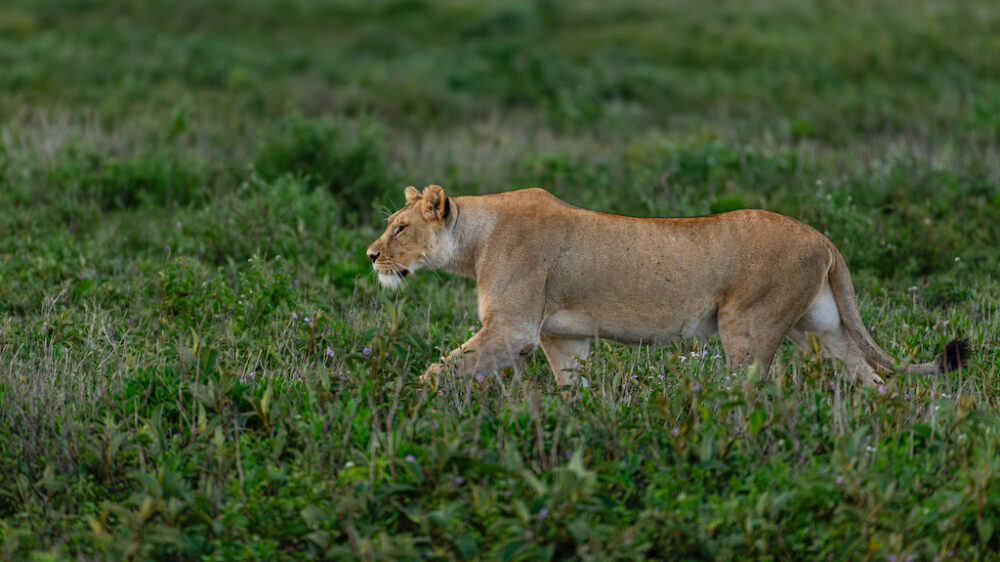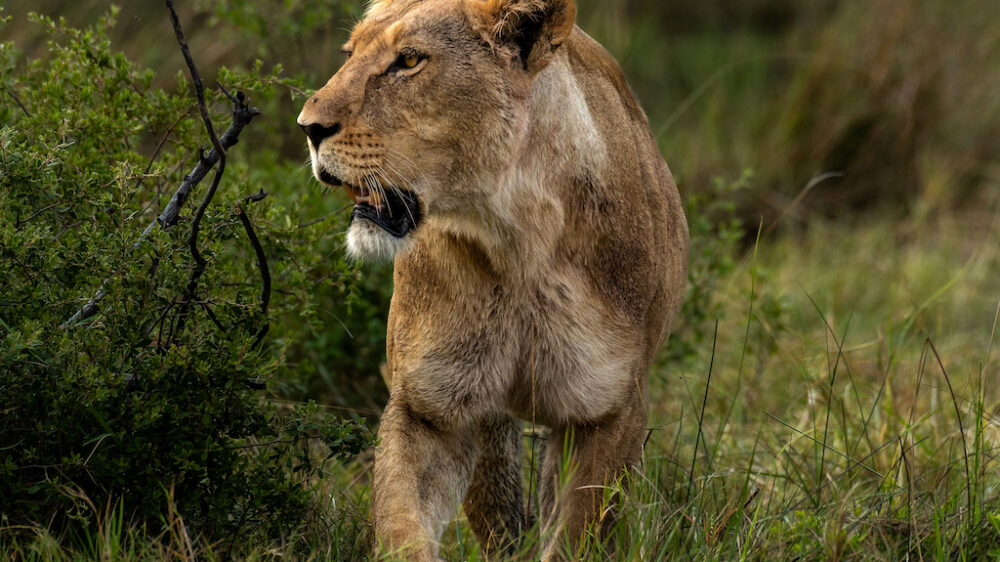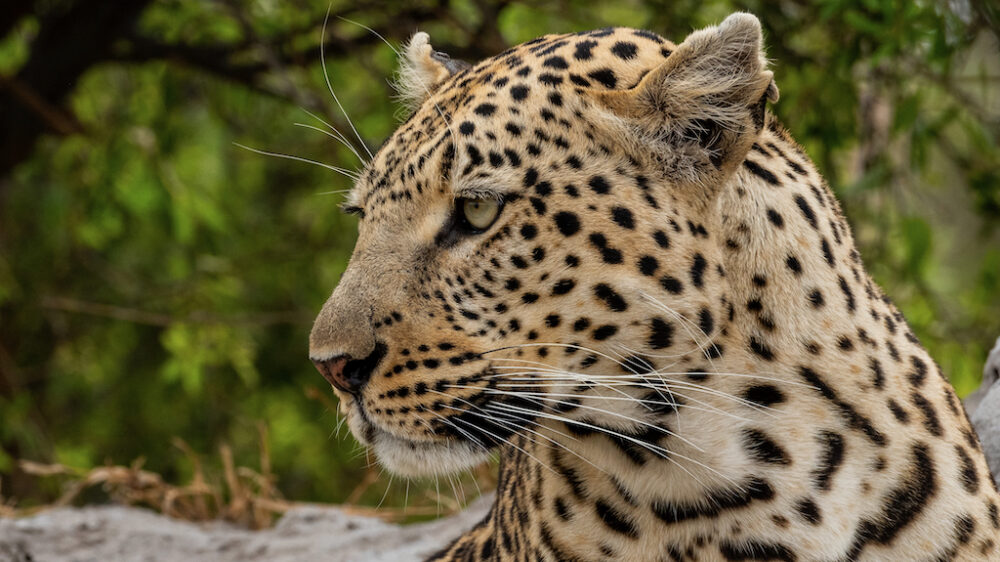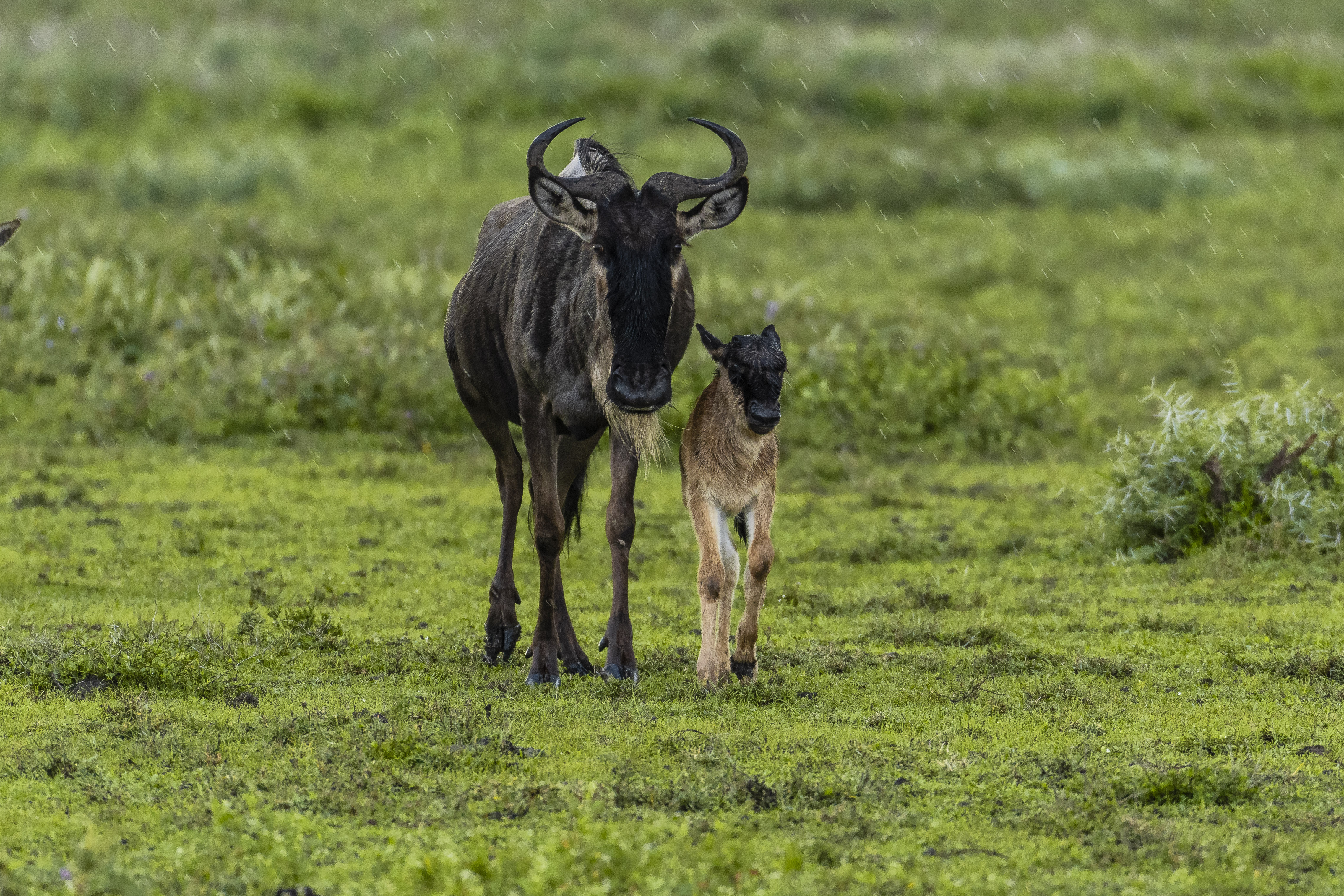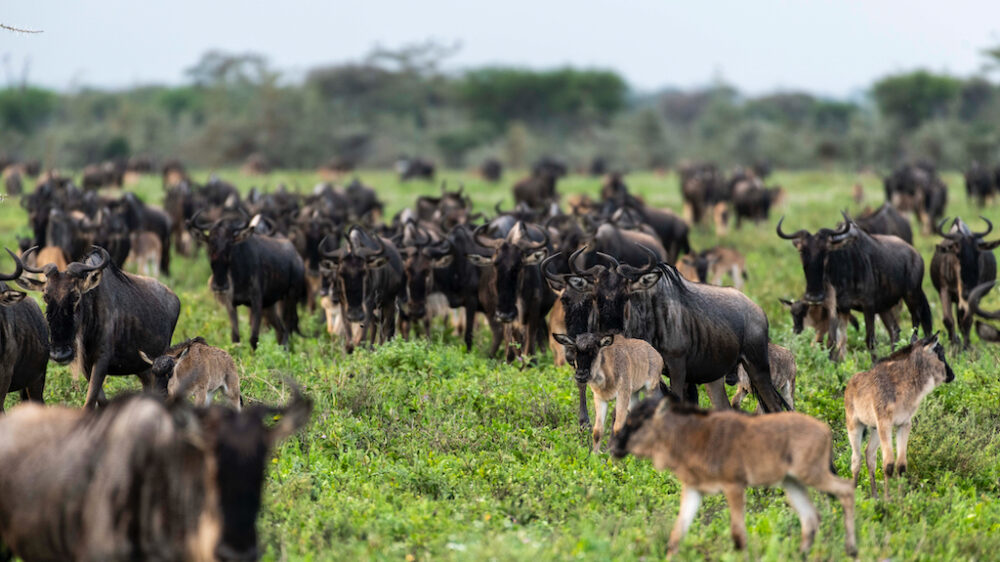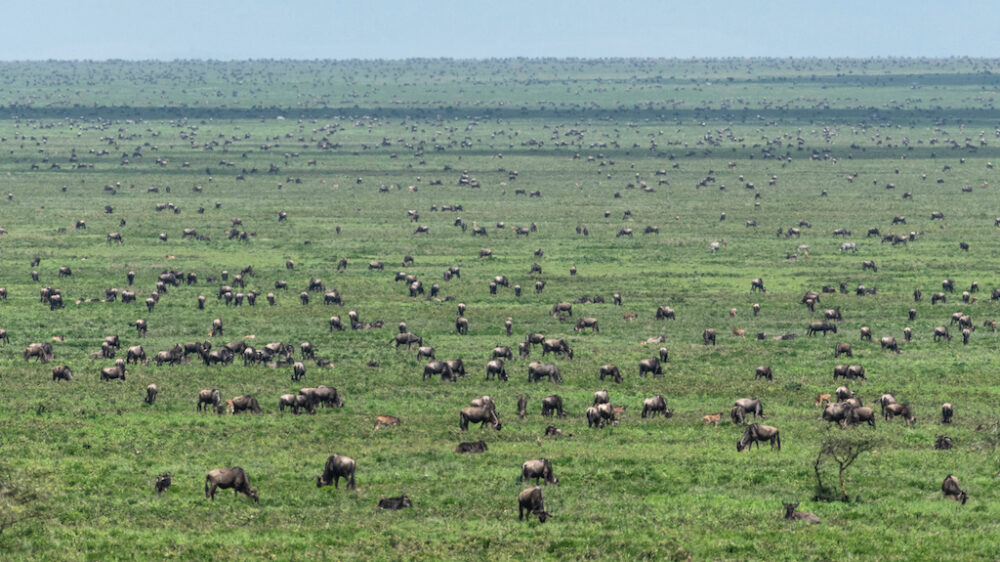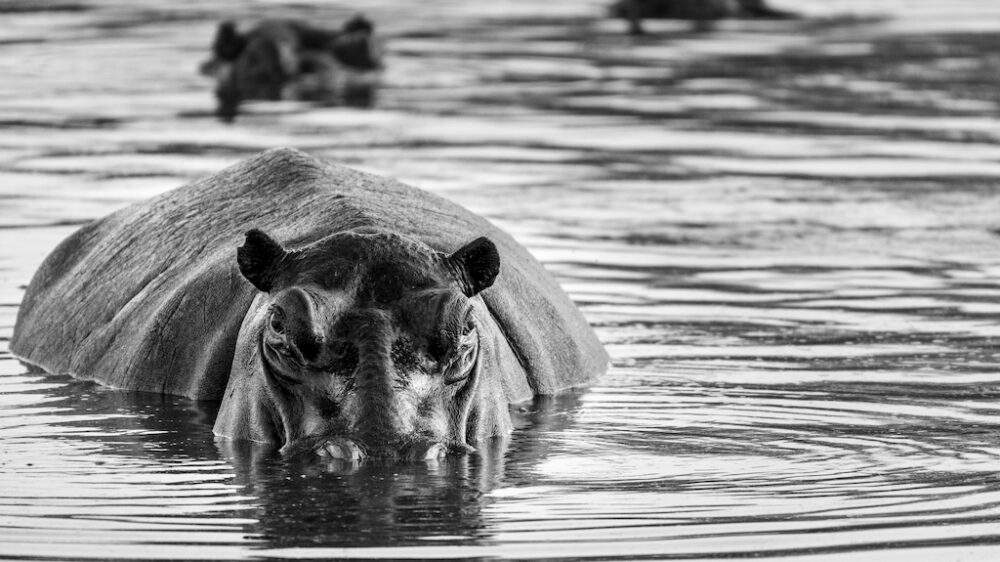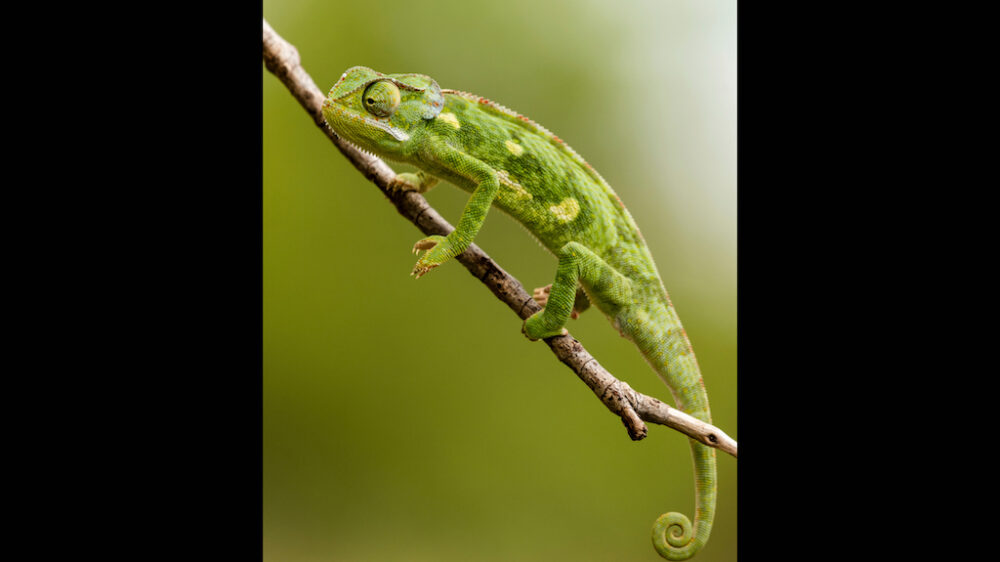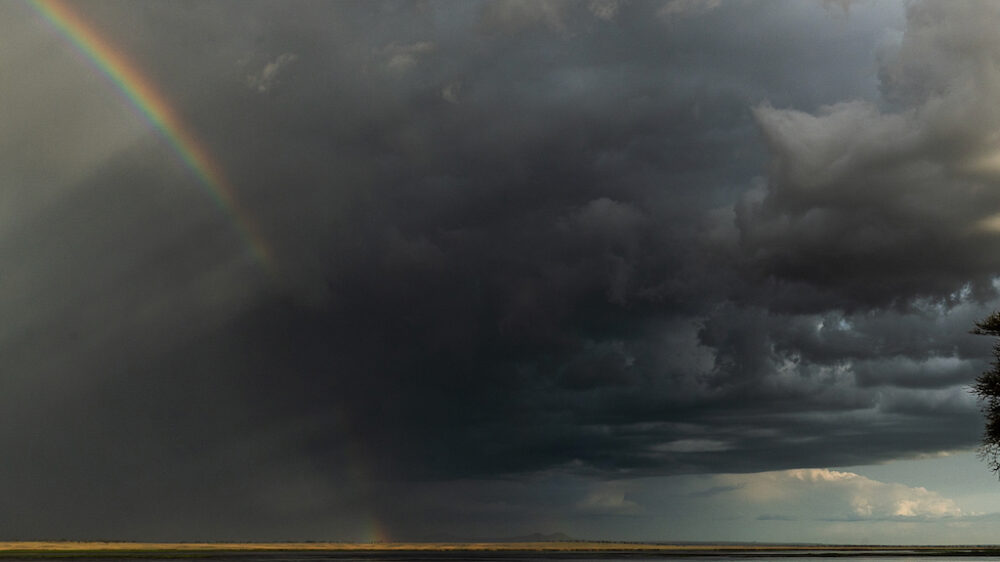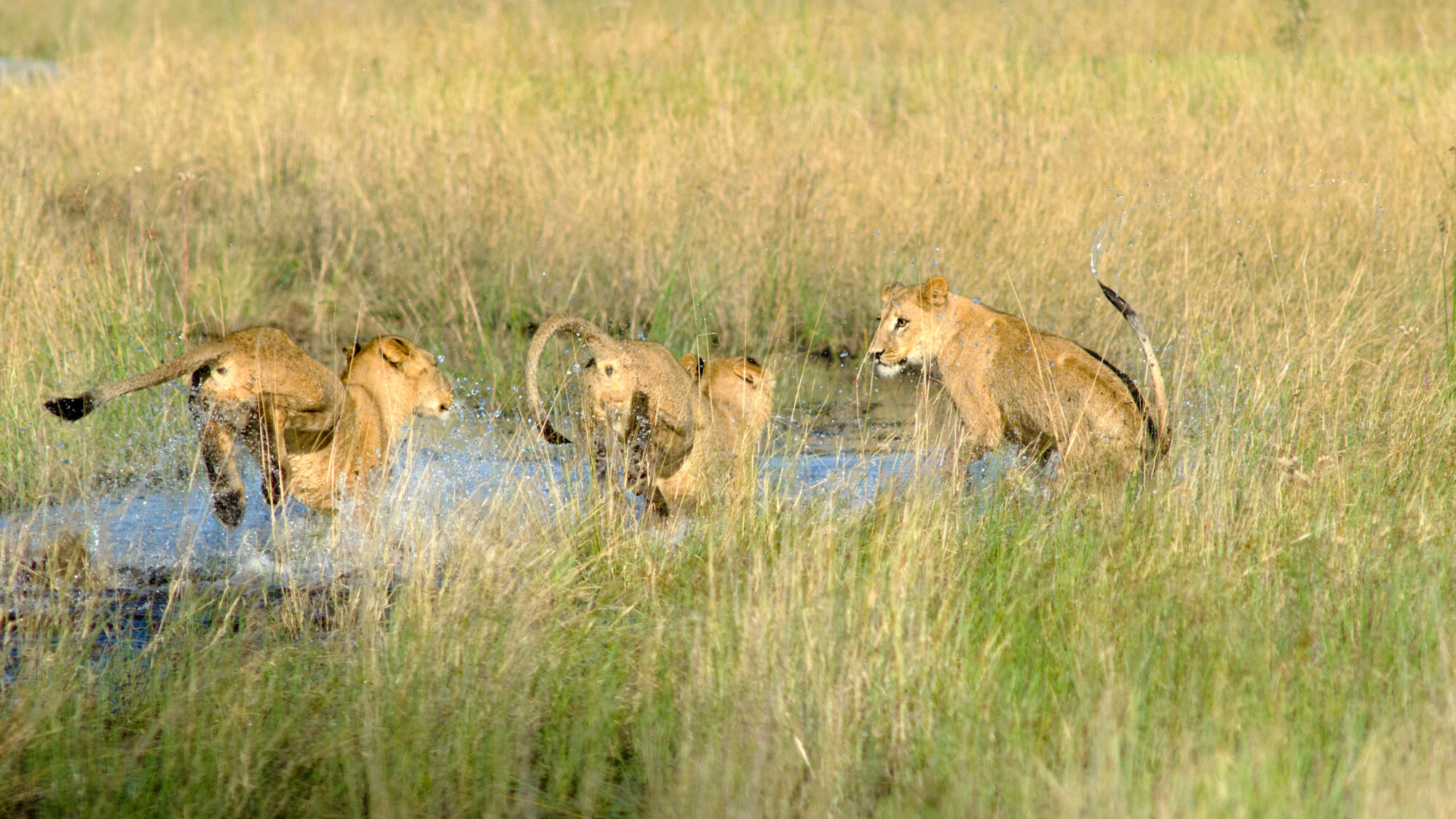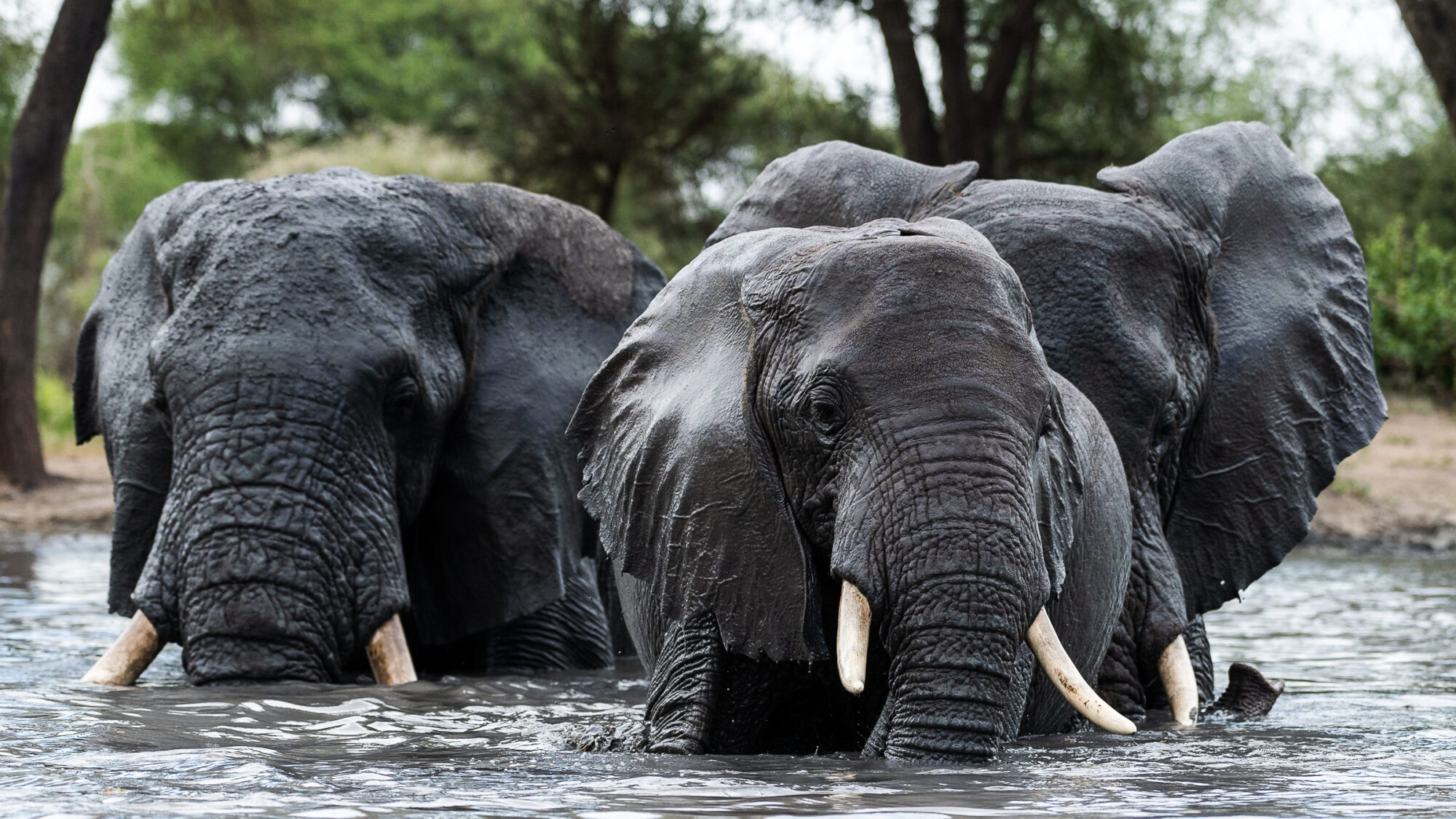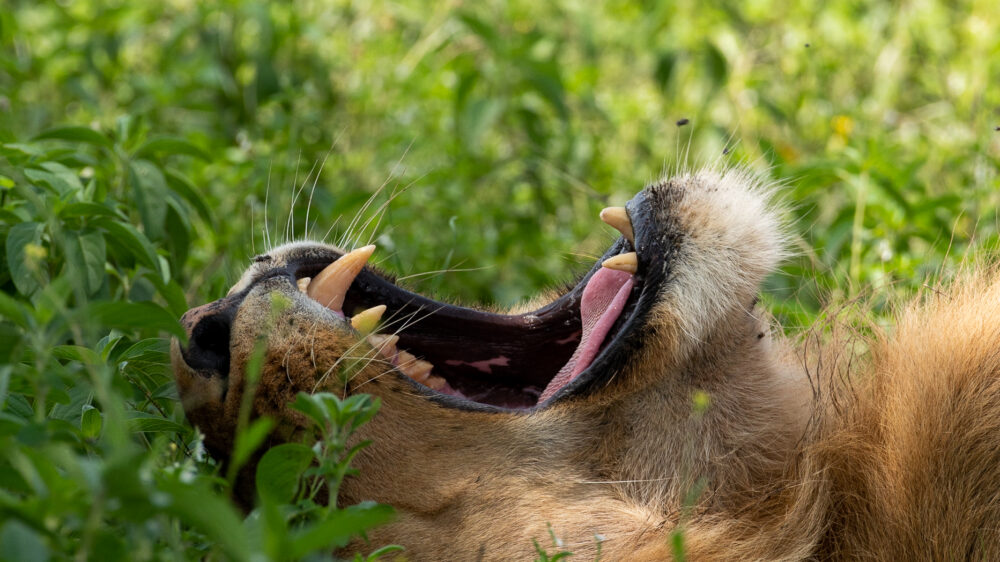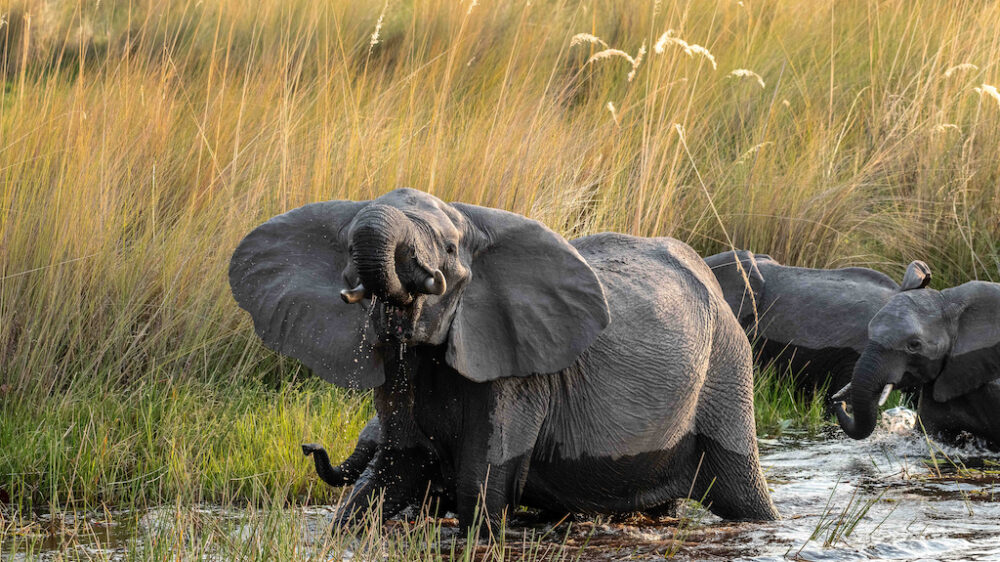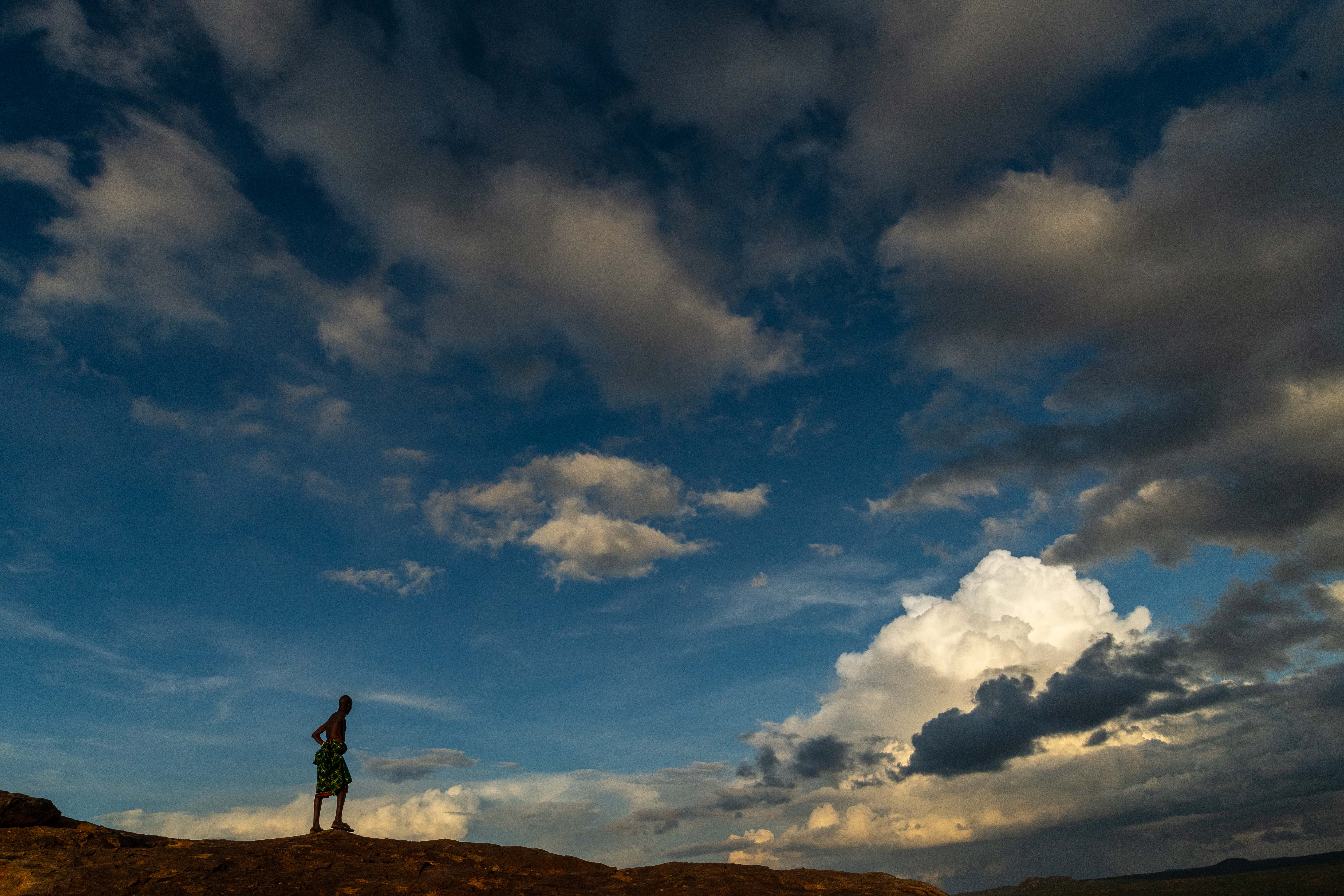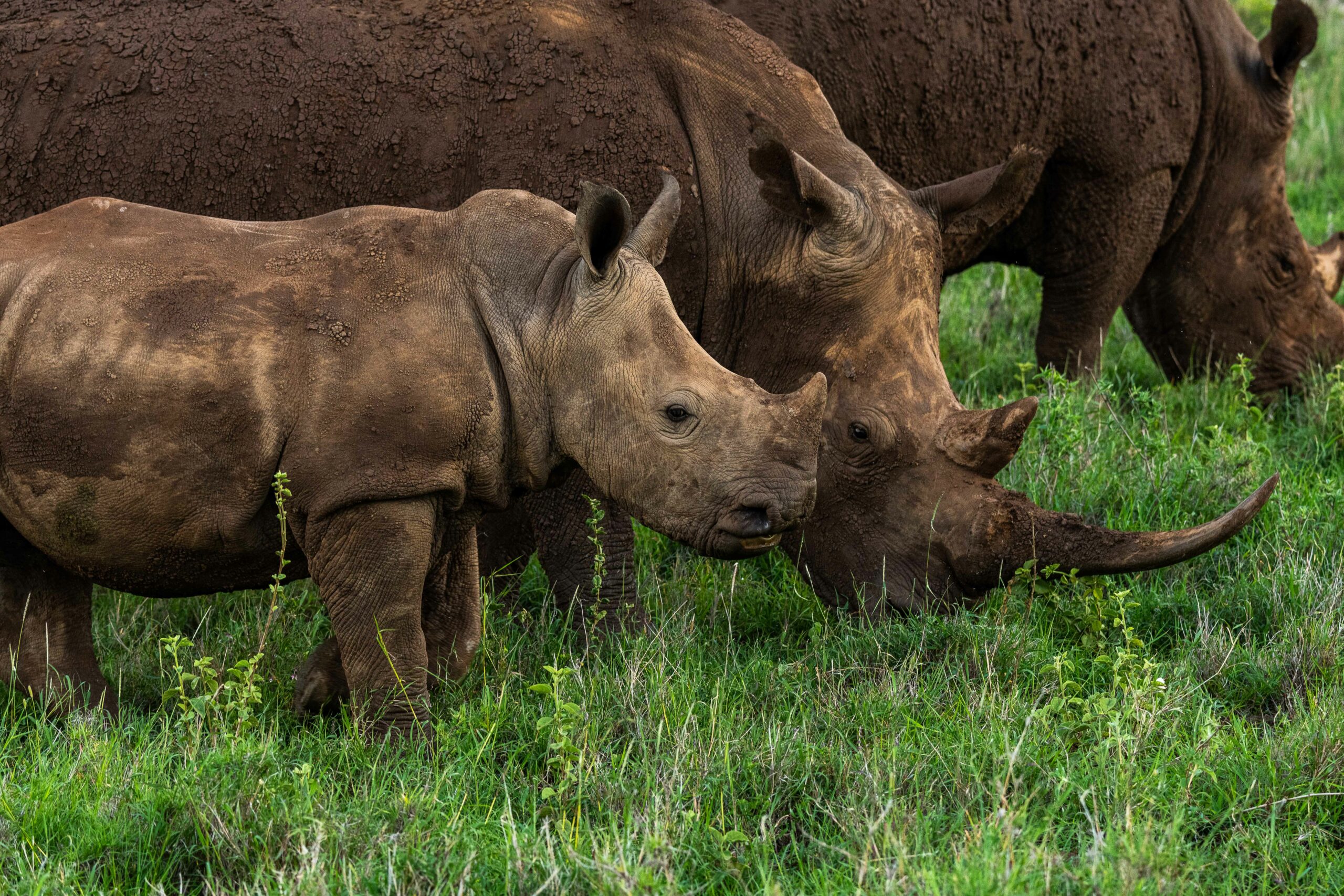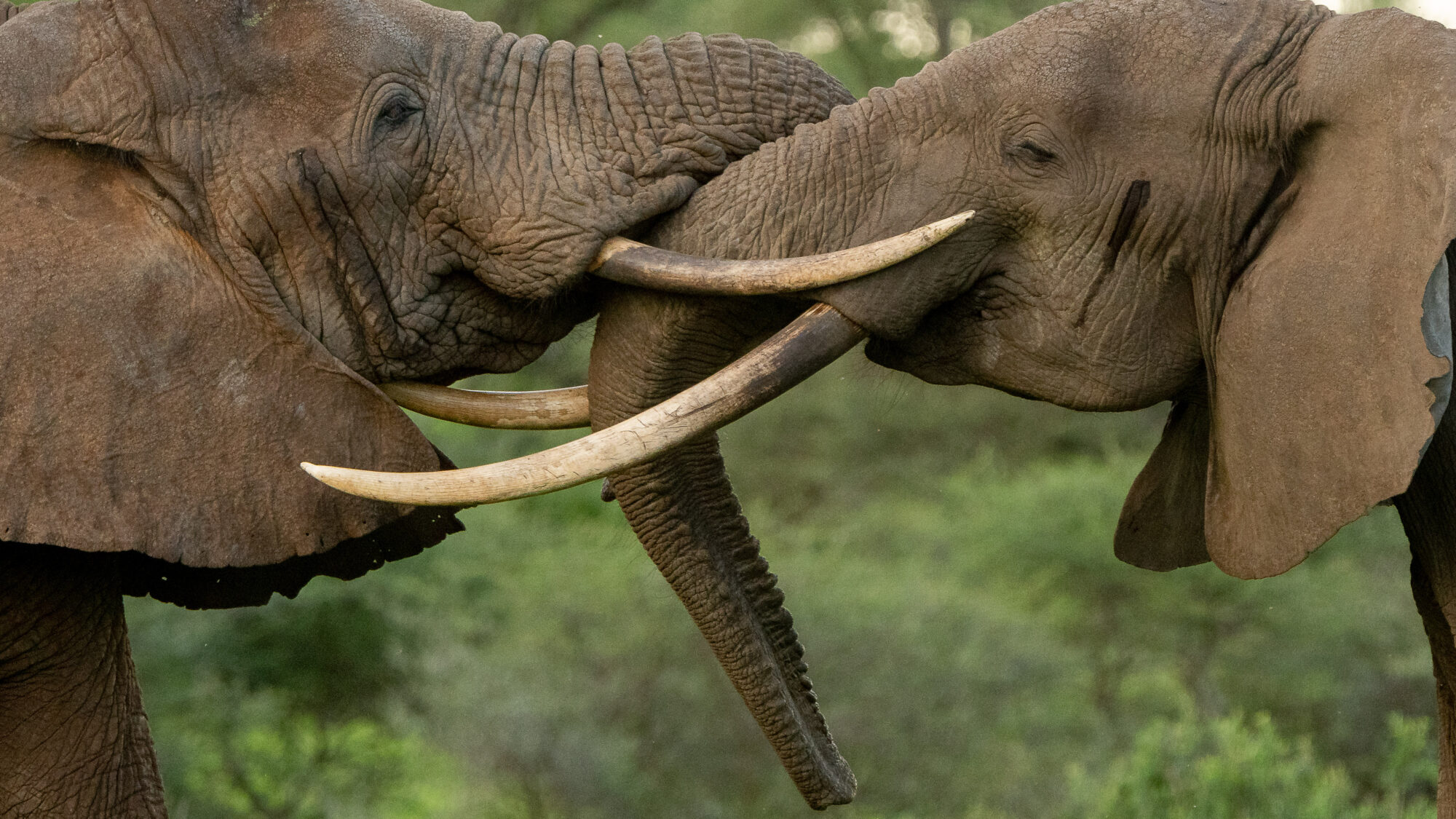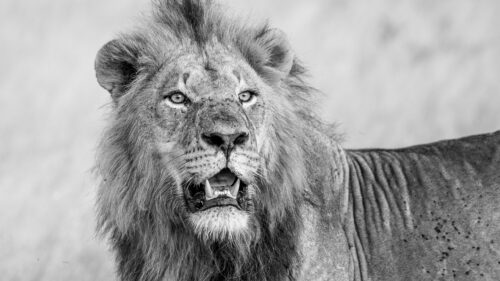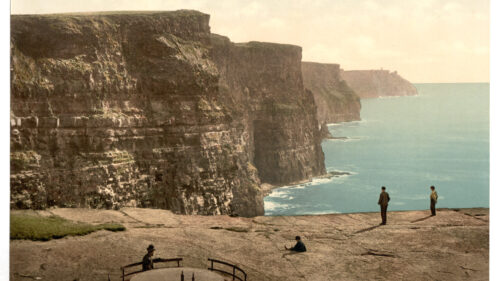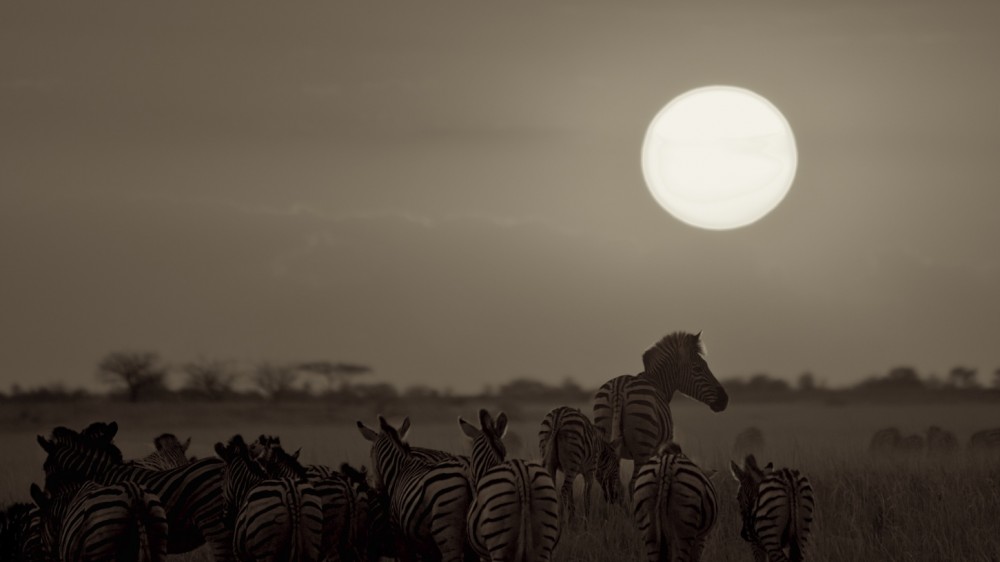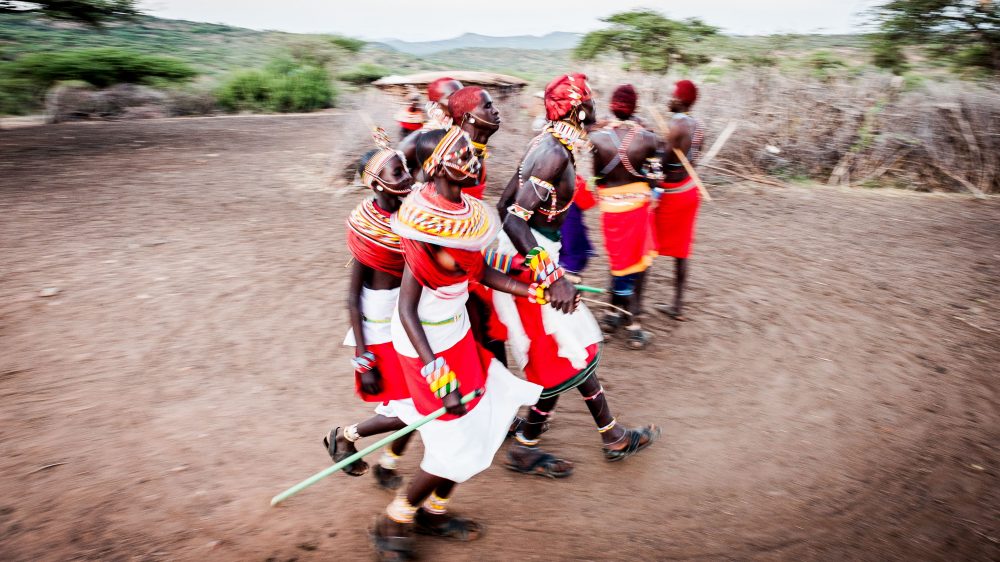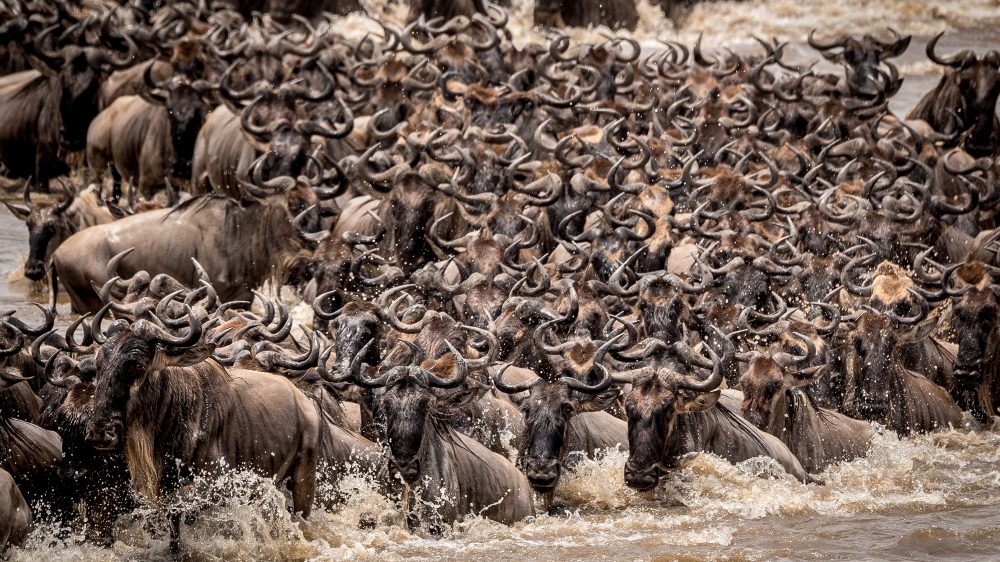Emeralds in the rough
Whenever I’m asked when the best time to go on safari is, my enthusiastic – if rather unhelpful – answer is “it’s always a good time to be on safari’. So, with a view to being slightly more helpful, I wanted to talk a little about Emerald Season.
Conventional wisdom for years has been that ‘High’ or ‘Peak’ Season is the best time to go on safari, and if you’re a lodge or camp this is definitely true, since rates are also ‘high’ or at their ‘peak’ and its a profitable time for them. But is it the best time? I would argue no, (see first sentence). It’s not that other times are better; its that it’s all fantastic.
Very broadly speaking, High Season means sometime in June to the end of September or October, roughly corresponding to when kids in North America and Europe are on summer holidays and families can travel. I think it was incredibly considerate of the animals to coordinate their finest performances of the year with this time.
For years safari marketing needed something to contrast this with, so they called the other times of year Green Season, which makes the compelling and life-changing experience of safari sound about as exciting as watching paint dry. The truth is this time (November to May) is anything but.
A rebranding effort has been underway for the last few years to give this off-peak time a little razzmatazz and change Green Season to Emerald Season, and I for one and in full favour of this change. As dedicated readers of the Sounder will know, here at Trufflepig we’re fond of an artful turn of phrase and Emerald does considerably more heavy lifting than Green does. Emerald is the right word, too, and whether you’re a veteran of many safari campaigns or lucky enough to be experiencing the magic of Africa’s wild places for the first time, this season delivers in truly unique ways.
There may be some rain, but what this means is a lush and vibrant wilderness, warmer temperatures, and dramatic, spectacular rainbow-garlanded skies. The rain leads to abundance, meaning that lots of animals opt to have their young during this period, so the chances of seeing baby animals is very high, and you also get an amazing profusion of migratory birds. So it’s a time of plenty, yet there are very few crowds. The photographic opportunities are incredible, with the various green – ahem, emerald – hues contrasting wonderfully with the more typical shades of tawny and grey; and the air is dust free so the clarity of your photos is optimal. And a final point may be – or rather, definitely is – me anthropomorphizing, but all the wildlife seems somehow happier and less stressed out.
An added bonus for Emerald Season is pricing. As demand is lower (fewer families traveling), safari companies roll out incentives for these periods almost across the board: long stay discounts, free flights, things like that. So in a country like Botswana for example, in contrast to high season where days rates are eye wateringly high, in Emerald Season, there is excellent value to be had at the very best properties in spectacular parts of the country.
There are considerations to make about where to go and when. Often around April, lodges will take advantage of the lull in visitors to close and revamp furnishings. But that’s the benefit of having Trufflepig planning your trip with you – we can help you navigate these details and ensure you make the best choices.
